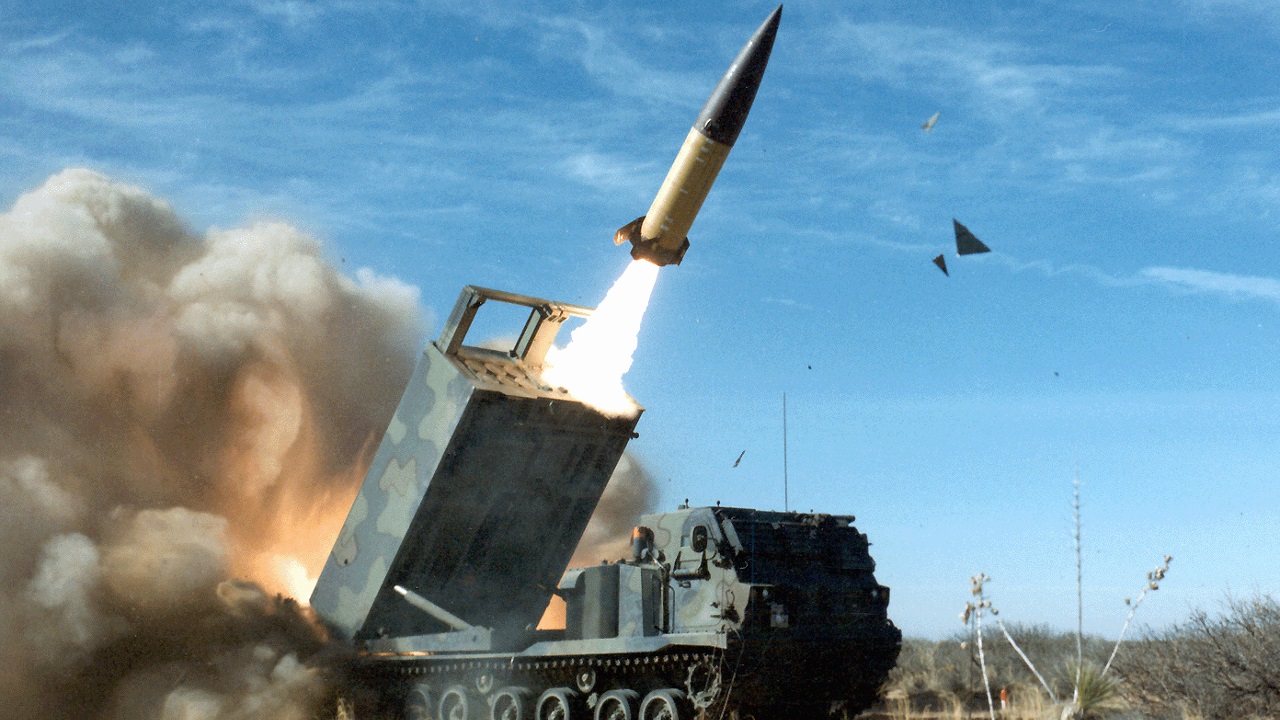Since Russia first invaded Ukraine back in February 2022, the White House has incrementally acquiesced to Kyiv’s equipment requests.
From F-16 Fighting Falcons and M1 Abrams main battle tanks, to Patriot missile systems and Stinger anti-aircraft missiles, the Biden administration has taken ever firmer commitments on military aid for Ukraine.
Last week, the Biden team indicated that another weapon could pass into Ukrainian hands. For many months, Kyiv has requested long-range munitions including the Army Tactical Missile System (ATACMS).
The White House has refused to send over this weapon, fearing that Kyiv could use it to launch an attack deep inside Russian territory. While a White House spokesperson claimed that Biden’s policy has not changed from its previous position, the president said in late May that the option to send ATACMS is “still at play.”
Following the Biden administration’s recent policy reversal on F-16s, the Helsinki Commission urged the White House to approve ATACMS for Ukraine in a letter. “Now that the decision has been made to send F-16s, now is the time to commit to Ukraine’s full victory and deliver all the tools needed,” U.S. House Reps. Joe Wilson and Steve Cohen wrote, adding that “nearly every weapon system requested by Ukraine has been delivered after intense pressure. Let us not wait for another pressure campaign to deliver ATACMS.”
A Brief Overview of ATACMS
The Lockheed Martin-manufactured tactical ballistic missile can be traced back to the late Cold War, coinciding with military doctrines including AirLand Battle and Follow-on Forces Attack. The U.S. military asked for a conventionally armed missile to strike enemy reserves, and ATACMS was the answer. The weapon was successfully test-launched in the late 1980s and entered service within a few years.
Military Today describes ATACMS as a “quasi-ballistic” maneuvering missile that can alter trajectories post-launch as it travels to targets. Anti-personnel submunitions that can widen mid-flight to hit moving targets can be fired from the missile system in addition to a variety of warheads. Over the years, several ATACMS variants have emerged, all sporting improved modifications that have made the missile a powerhouse.
Specs & Capabilities
Today, ATACMS has a top speed of Mach-3.0 (three times the speed of sound), with a flight ceiling of 160,000 feet. The Center for Strategic and International Studies elaborates that “the system released the Brilliant Anti-Tank (BAT) submunitions over an area and the munitions found and homed in on vehicles. It was intended to attack and destroy moving armored units or stationary missile/rocket vehicles. The missile had a range of 140 km (87 miles) and was to be deployed with a single 268 kg warhead.”
Proponents of sending ATACMS to Kyiv believe that with this missile, Ukraine will be able to recapture territories faster and end the war sooner. ATACMS would also push Russian forces farther from the frontlines, complicating their position in the conflict. Experts who argue against providing ATACMS to Kyiv point to America’s limited missile stockpile and fear Ukraine could escalate hostilities by launching attacks toward Russian territory. Considering the White House’s previous policy reversals on sending weapons to Ukraine, it is likely that ATACMS will end up in Kyiv.
Maya Carlin, a Senior Editor for 19FortyFive, is an analyst with the Center for Security Policy and a former Anna Sobol Levy Fellow at IDC Herzliya in Israel. She has by-lines in many publications, including The National Interest, Jerusalem Post, and Times of Israel. You can follow her on Twitter: @MayaCarlin.
From 19FortyFive
Footage Shows World War I Guns Being Used in Ukraine
‘Vacuum Bombs Destroyed’: Ukraine Footage Shows Putin’s Thermobaric Rockets Destroyed
BOOM! Ukraine Video Shows Precision Strike on Russian Air-Defense System

